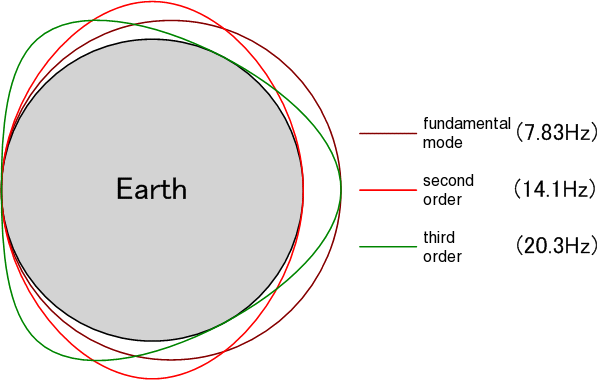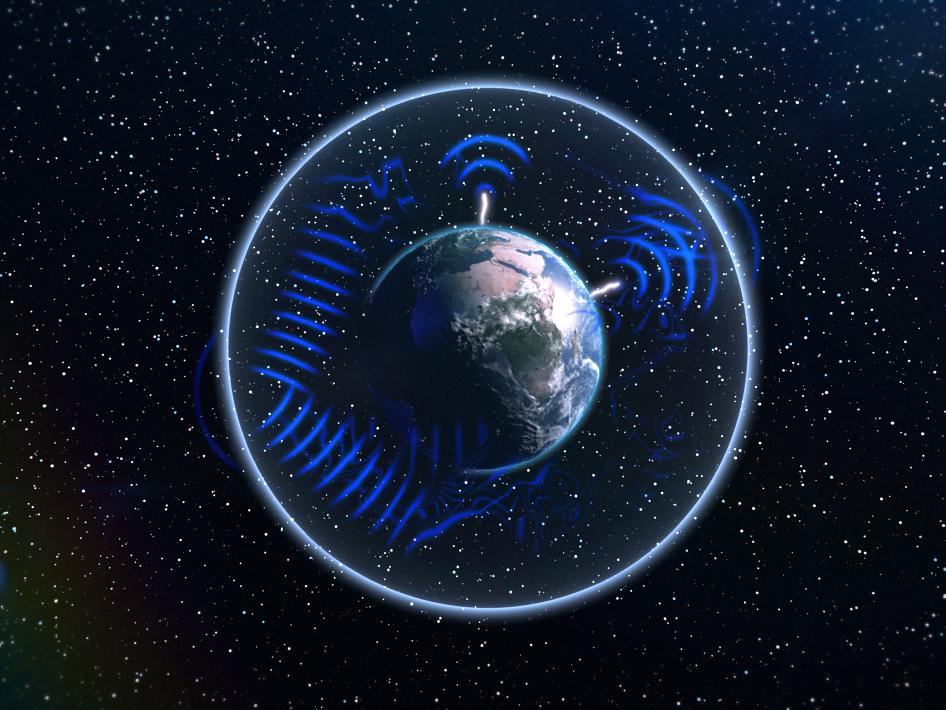The 432hz community is rising.Welcome to our home, the home of natural tuning.Creating the 432 Player together, us as developers and you as listeners.We will try and answer any question, would love to discuss about anything and everything and take any advice and suggestion to our heart. When we talk about music, we talk about clean, pure sound.The 432 Player is the only music player that allows music lovers to listen to their music in the A=432hz tuning, with no adjustments needed, just press play and start feeling the vibes.Our goal is to share our love for pure tuned vibrations with the 432hz community all over the globe.We want everyone to enjoy it.So, we made a version which is completely FREE, no poor half baked app with expensive extras to purchase, just sit back and enjoy.
Categories
- Country (113)
- Deportes (6)
- Fútbol (2)
- Docencia (77)
- Competividad (1)
- Dinero (7)
- Familia (3)
- Freedom of Speech (1)
- Games (1)
- Gobierno Abierto (4)
- Justicia y Leyes (7)
- Music (4)
- Open Source (15)
- Privacidad (1)
- Religion (1)
- Salud (17)
- Sistema Educativo (8)
- Smart City (9)
- Soluciones (1)
- eLearning (1)
- Money, Sex & Power (15)
- Bitcoin Price (1)
- Bussiness Model (5)
- Science & Technology (67)
- 3D Printing (1)
- Artificial Intelligence (6)
- Augmented Reality (2)
- Autopilot (4)
- Blockchain (5)
- Hardware (1)
- Plataform (5)
- Programming (7)
- Robot (2)
- Software (22)
- Tools (2)
- Video Games (5)
- Water (1)
- Uncategorized (798)
- World (83)
- Airlines (4)
- Corruption $ Debt (8)
- Ecology & Polution (3)
- Economics (16)
- Energy (4)
- Farmaceutica (1)
- Financial System (1)
- Food (8)
- Graph & Charts (2)
- Health (23)
- Knowledge (5)
- Maritime (2)
- Military (5)
- Religion (2)
- Traffic (3)
- Transporte (2)
- Water (2)
Tags
3D Kit (4) Abandonware (2) ACP (2) Alan García (2) APRA (2) BeOS (16) Centos (2) Corona Virus (4) CriptoChico (3) Cuello (2) Download (3) Drone (2) Emulator (5) Facebook (6) Foul (3) Fútbol (2) Hackintosh (5) Hayek (2) Hemp (2) IDAAN (2) Linux (3) LiveCode (2) LoRaWAN (2) MacOS (4) Market Capitalization (4) Odoo (11) Ollanta Humala (2) Orthotropics (2) PowerPC (3) Revolution (6) Robot (2) Snap (2) StarCraft II (3) Tesla (2) Tools (4) ToScrap (3) Trigger Point (12) Uber (4) Virtual Machine (3) Water Treatment Solutions (2) Water War (3) WebSite (9) WEF (2) Wish List (2) WordPress (3)-
Recent Posts
Recent Comments


